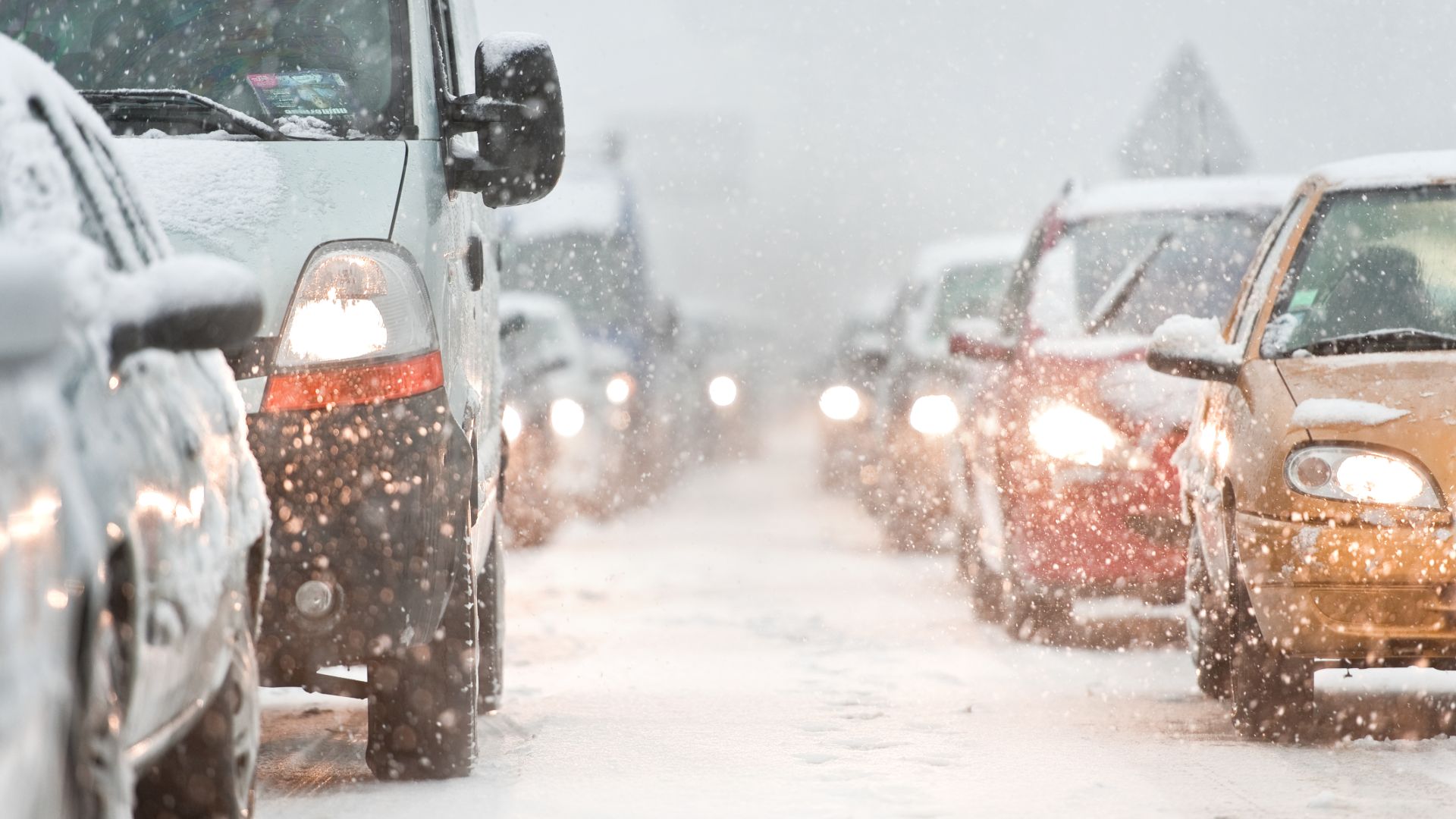
The first snow of winter hits the UK this week, with heavy frost and sleet also on the way. Night-time temperatures will be consistently below zero, increasing the risk of ice on the road.
Such conditions make travel treacherous, so – notwithstanding the existing coronavirus restrictions – driving should be limited to necessary journeys only.
We’ve pulled together driving advice from Seat factory racing driver Jordi Gené, along with National Highways. Here are our five top snow and ice driving tips.
1. Anticipation: keep your distance
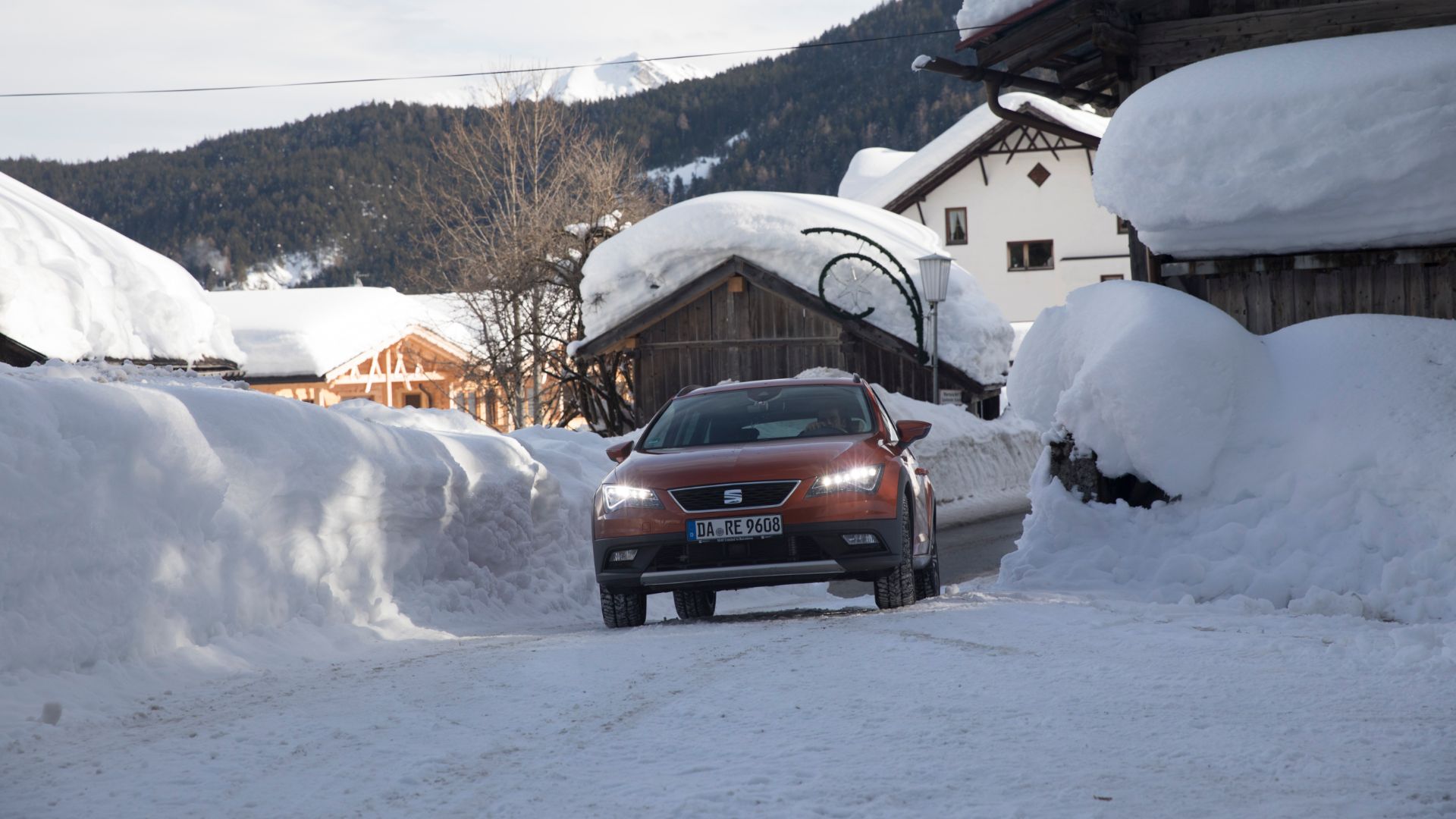
The first rule of driving in the snow is one you should apply to driving as a whole: anticipate what’s ahead. It’s all the more pertinent in low-grip conditions, however, given that it takes you so much longer to slow down or even steer.
Snow can delay drivers’ reaction times by 34 percent, while Highways England says it can take up to 10 times longer to stop in icy conditions.
The slower you drive, and the more distance you keep from the vehicle in front, the more time you have to react. “Anticipate what’s ahead and take it easy, that’s the basic rule for driving in harsh conditions,” says Gené.
2. Use engine braking
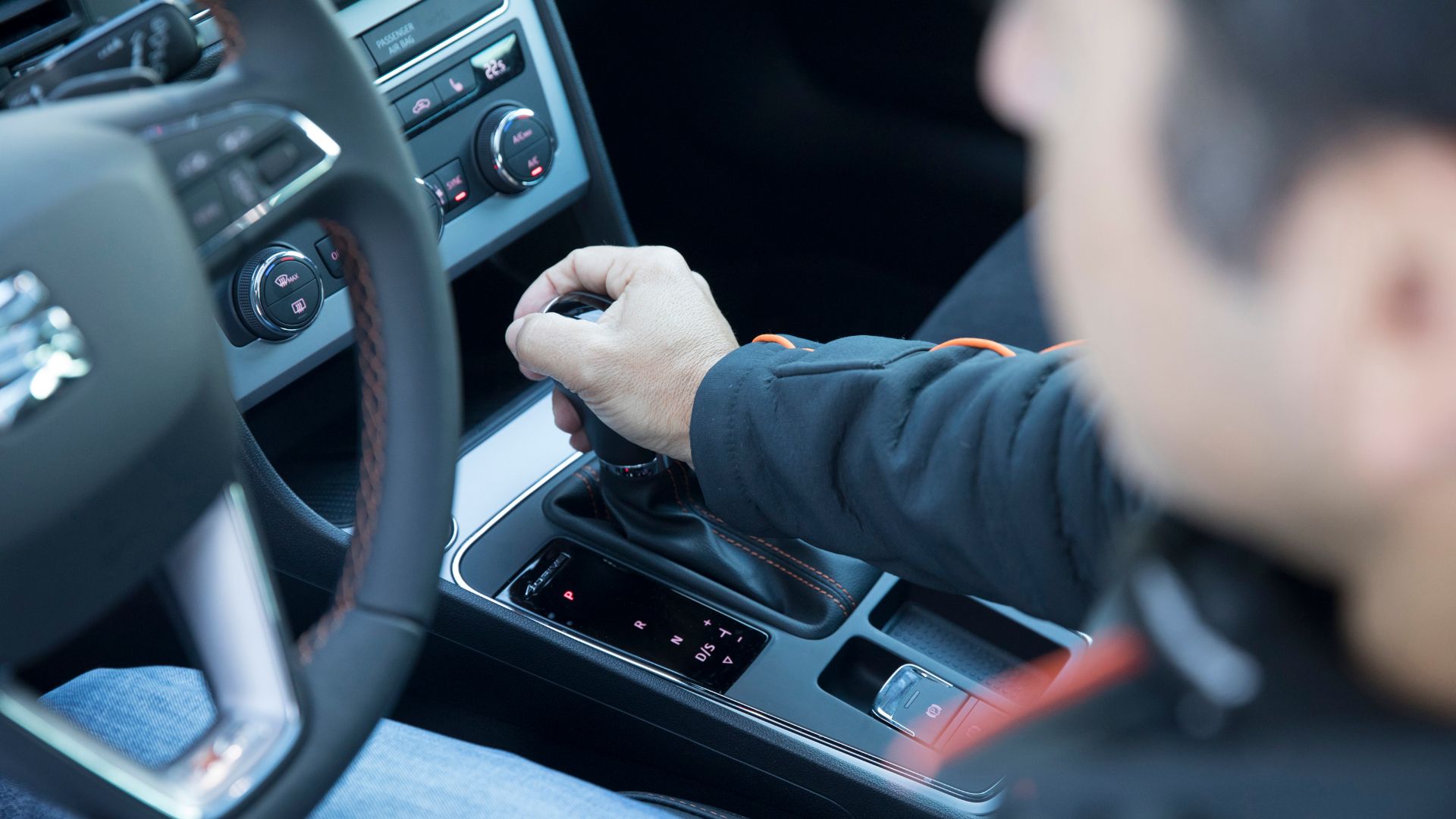
A useful technique for steep descents is called engine braking. In a car with an automatic gearbox, you simply release the accelerator. In a manual, you can select a lower gear that sees the engine revs rise higher.
While using your foot brake could easily see you lock up and skid (or activate the ABS anti-lock brakes), engine braking slows and controls the wheels without grabbing at them like brake pads or shoes.
Engine braking should limit the risk of accelerating or skidding. Then you can start carefully applying your brakes. “Driving downhill in low gears will help you stay in control and takes a lighter toll on the brakes,” explains Gené.
3. Keep it smooth
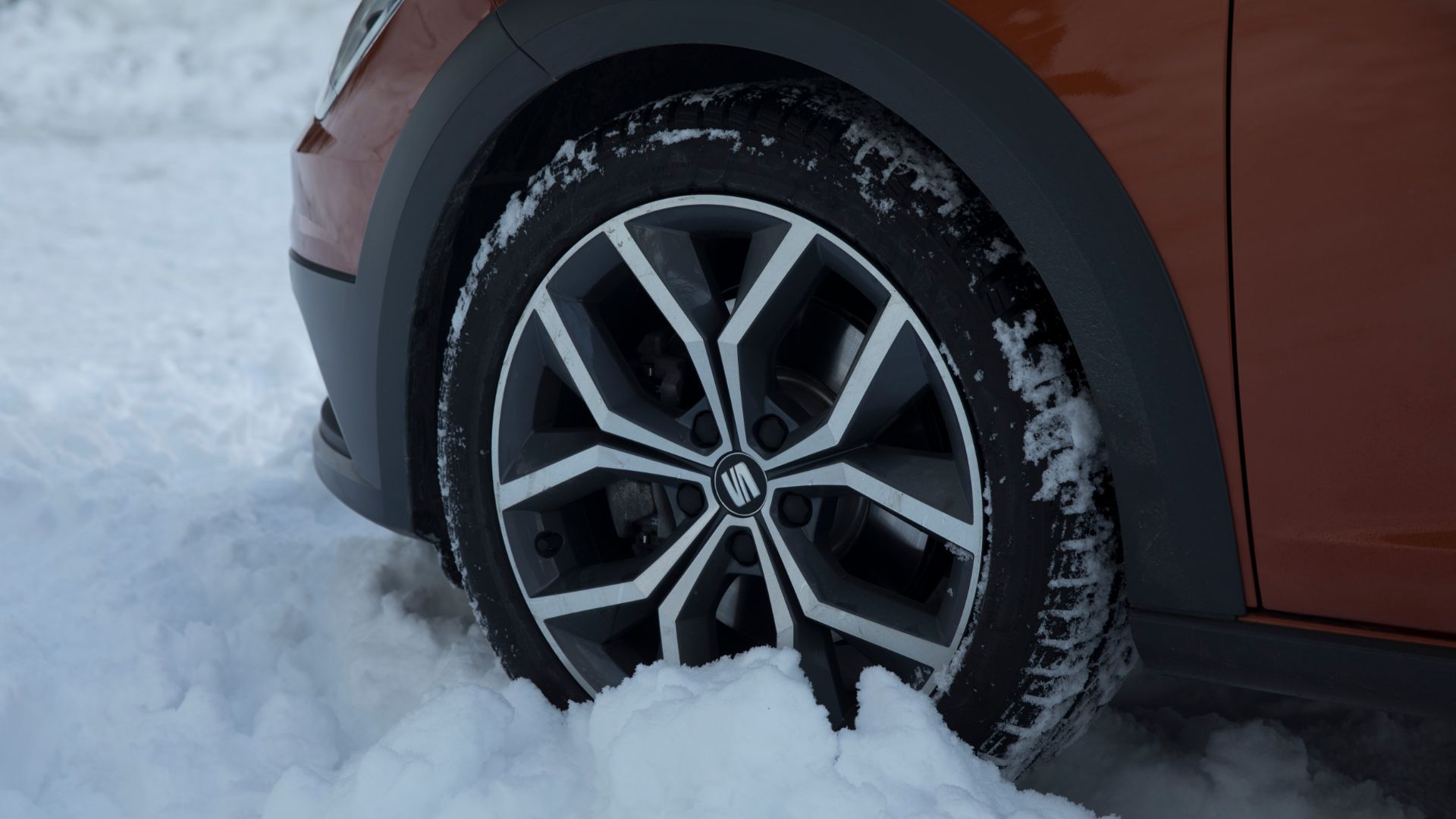
You should be keeping a keen eye out for dark patches of black ice. Once in low-grip areas, it’s important to not make sudden adjustments to the controls. Yanking at the wheel or stabbing the brakes will only increase your likelihood of losing grip. The goal is to pass over or through ice and snow as smoothly as possible.
Overtakes are rarely a risk worth taking in these conditions even if the temptation is there with gritters out on the roads.
“It’s important to stay calm and avoid making sudden manoeuvres,” says Jordi. “You have to turn the wheel gently and lightly step on the brake until you’ve passed the ice patch and the wheels begin to grip again.”
4. Use fog lights if needed
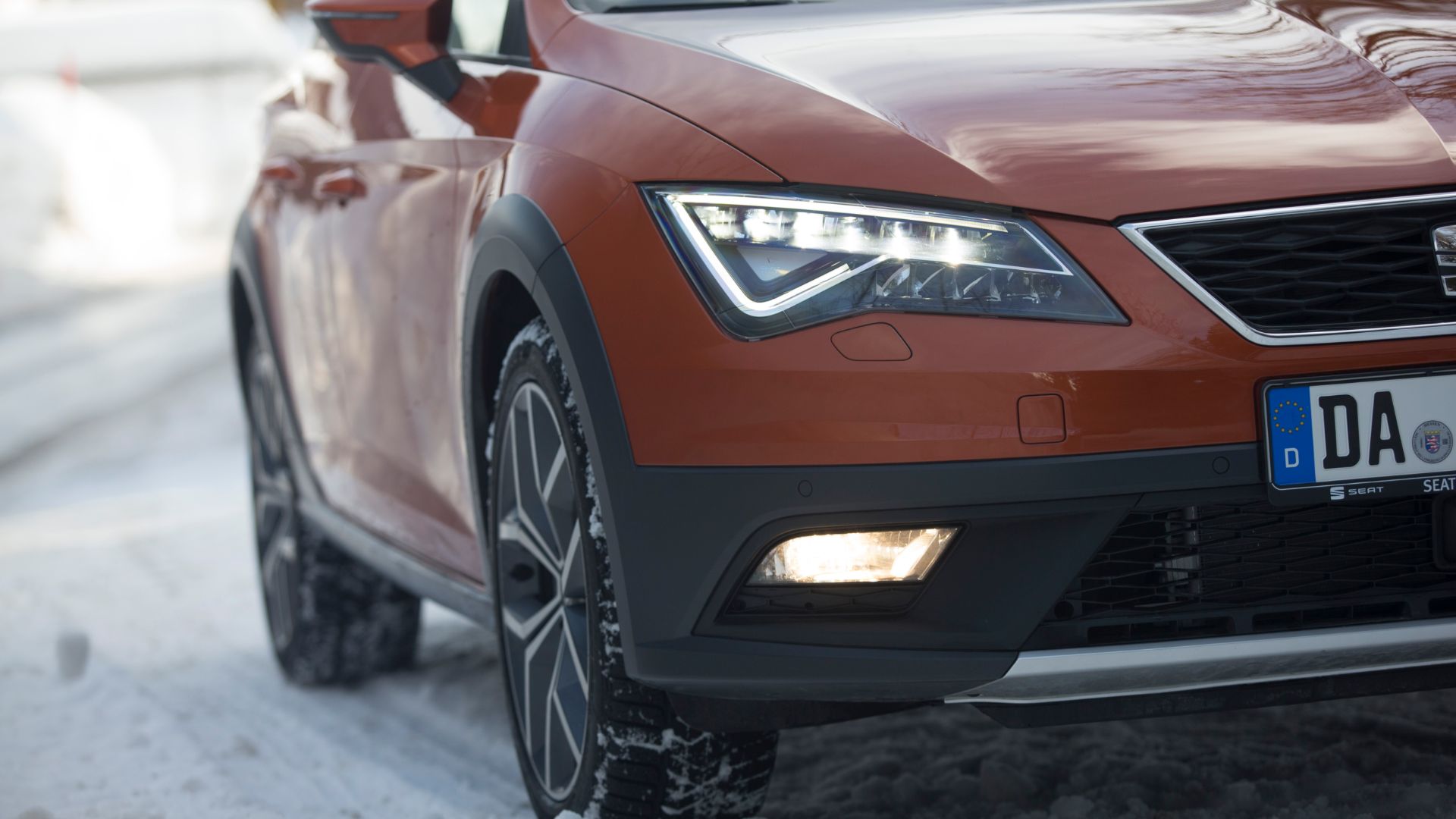
This is for the benefit of other road users. Fog lights are only for when snow, rain or fog is extremely dense, such that it could prevent other drivers from seeing you.
Fog lights, particularly rear fog lights, are not there to help you see out, but for others to see you.
5. Think how you park
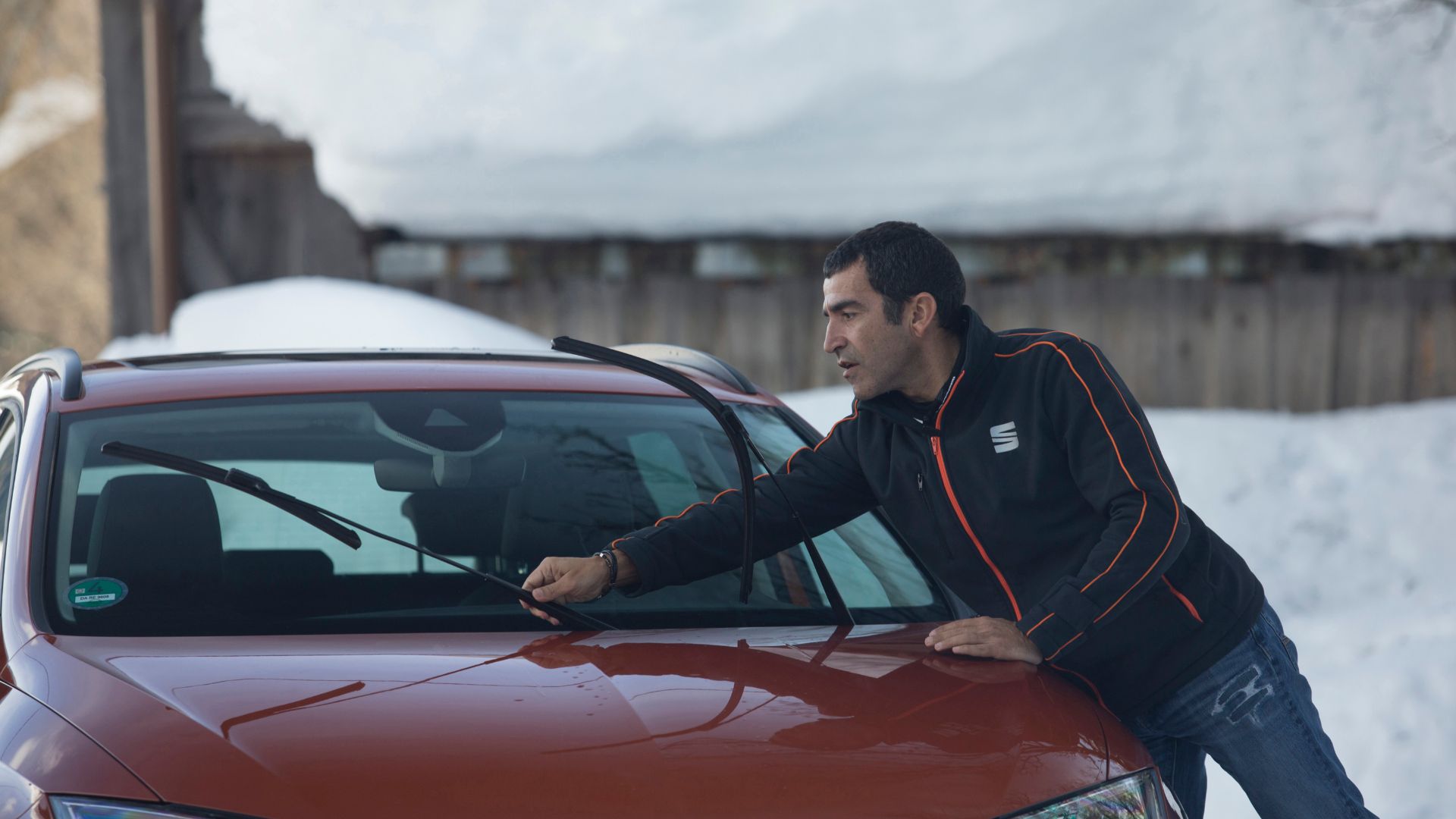
Good, you’ve arrived. Time to pop the wipers up so they don’t stick to your screen. Also, make sure you leave the car in park (auto) or first gear (manual). This will increase the likelihood of it still being there upon your return.
Other than that? Winter tyres are transformative for cold weather driving, although few drivers in the UK use them.
Snow chains are an option in the most extreme circumstances. However, if the weather warrants them, it’s perhaps best not to make the journey at all.
READ MORE:
Winter tyres: are they worth the expense for driving in the UK?
Your advice about driving in snow and ice is well established BUT what if an emergency situation arises and you are heading towards a pedestrian ? In that situation ABS may be critical. The driver can fully apply the brakes which should slow the car down a bit and at the same time (because steering is maintained by ABS) steer away from the pedestrian. This may be more effective than just trying to steer around the pedestrian.